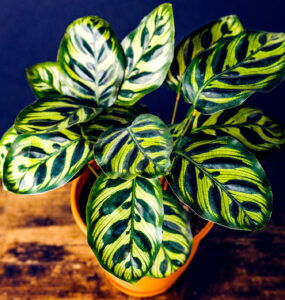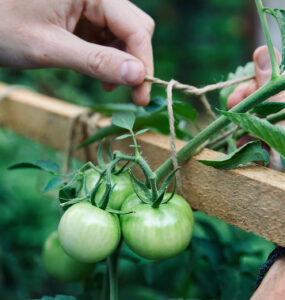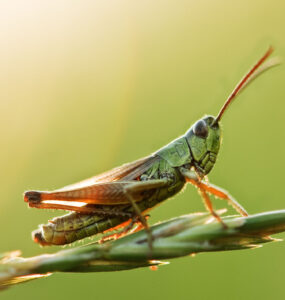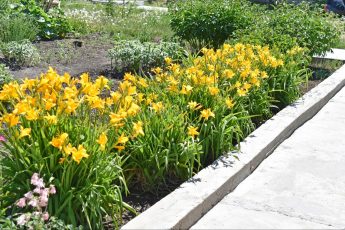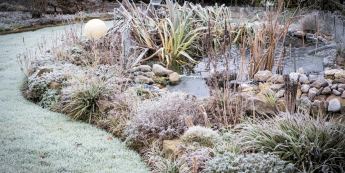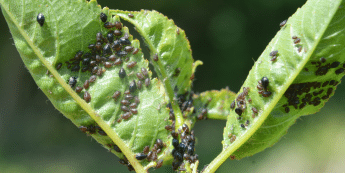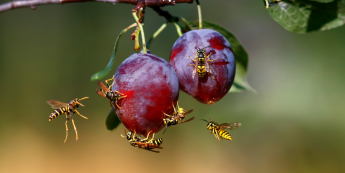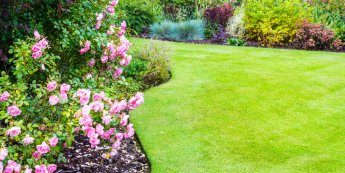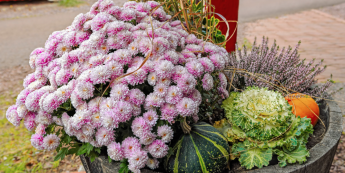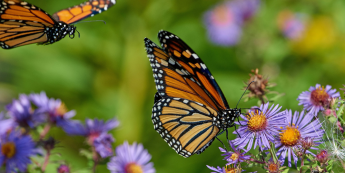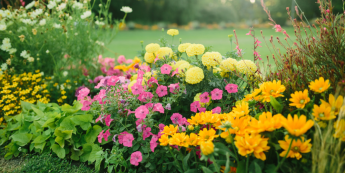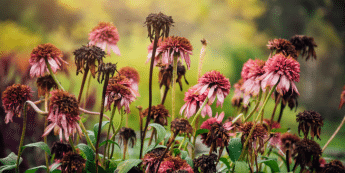Slugs 101:
by Rob Sproule
What are they?
Prevention
Identification
Eradication
If Alberta had a ‘Most Disgusting’ award, slugs would win it every year. These gross gastropods run rampant during wet summers but fortunately they aren’t hard to get rid of.
What are they?
Technically speaking, slugs are any gastropod mollusks without a big shell. To gardeners, however, they’re just nasty. During wet summers slugs set up camp in the perpetually damp, decaying organic matter that forms a slimy mulch in your flower beds.
As far as garden pests go, slugs are big creatures with gluttonous appetite. They’re hermaphrodites so they basically reproduce at will, laying clutches of eggs that resemble rotten caviar.
As infestation can turn a bountiful lettuce crop or your prize hosta collection into a smattering or tattered stumps in a matter of days. The keys to protecting your plants are prevention, identification, and quick eradication.
Prevention
Slugs live in the wettest, shadiest, and rottenest piles of leaves, weeds, and muck that hide in the dark corners of your perennial and flower beds. Like a bad episode of “Hoarders”, they surround and protect themselves in the most cluttered spots they can find, and that’s where they spend their winters.
The best way to keep them from moving in is to clean up the neighbourhood. Every fall, clear out leaves, sticks, and assorted junk from your flowerbeds. Remember that they will happily hibernate under non-organics, like hoses and forgotten tools, as well.
Try to keep the flower beds clear of junk throughout the season. This includes old, decaying mulch that may need to be replaced.
Identification
Slugs aren’t subtle. Overnight wide-spread holes will appear on your leaves, usually accompanied with dried, glistening slime trails and sometimes clumps of tiny block droppings.
To be sure, check for caterpillars as their damage is similar. Unlike slugs, you’ll easily spot caterpillars. By the time you look for slugs they are usually safety tucked into their rotting daybeds.
If you want to be sure, dig through the organic matter and compost at the base of the affected plants. You can also sneak up on them first thing in the morning, before the dew evaporates.
Eradication
With slug infestations, it’s usually them or your plants. They can bring long term harm as plants without leaves will have a hard-time taking in the nutrients they need to survive our menacing winters.
Fortunately, there are many ways to control them. Although the first one that comes to mind is chemical slug bait, I encourage you to consider this a last resort. You’ll kill the slugs, but you will probably kill many beneficial critters, too.
The best thing to do is clean up all the debris in the beds. While you’re at it, carefully till and fluff the first few inches of soil; they often crawl into it to sleep.
Of the many ways to get rid of them, I’ve found that beer works that best. Submerge a margarine lid so they lid is flush with the soil. Fill it with cheap domestic beer, leaving the imported stuff for yourself.
It will need to be replaced daily; they like stale beer as much as we do. They will crawl into it and drown (wear gloves when you empty it because it can be pretty gross).
You can also go out at night and kill them manually. They are easy to spot with a flashlight and a sprinkle of salt (and a strong stomach) is all you need.
Some people swear by copper, saying it shocks them as they smear across. You can buy special copper wire, bands, or just sprinkle pennies around your plants.
You can also lay down a perimeter of diatomaceous earth around the plants. It’s comprised of very small, very sharp silica crystals that act like razor wire on gelatinous slug bellies. Wear a mask when you apply it.
Other home remedies include dried eggshells (they cut slugs), wood ashes (too alkaline for slugs), and used coffee grounds (slugs don’t like caffeine). The reviews I’ve heard about these range from mixed to awful.
Lastly, the best prevention you could have is the more natural. If you have frogs, ground beetles, salamanders, or (best of all) garter snakes in your yard, encourage them to stay because they happily eat your problem away.


